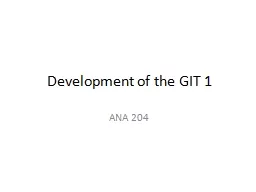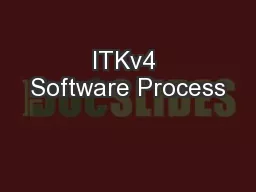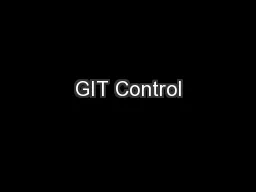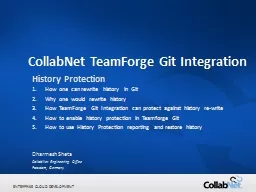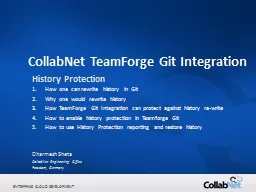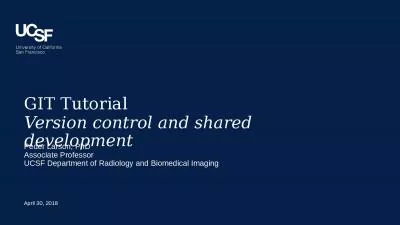PPT-Development of the GIT 1
Author : LetsGetDrunk | Published Date : 2022-08-04
ANA 204 Cephalocaudal and lateral folding of the embryo allows a part of the endodermlined yolk sac cavity to be incorporated into the embryo to form the
Presentation Embed Code
Download Presentation
Download Presentation The PPT/PDF document "Development of the GIT 1" is the property of its rightful owner. Permission is granted to download and print the materials on this website for personal, non-commercial use only, and to display it on your personal computer provided you do not modify the materials and that you retain all copyright notices contained in the materials. By downloading content from our website, you accept the terms of this agreement.
Development of the GIT 1: Transcript
Download Rules Of Document
"Development of the GIT 1"The content belongs to its owner. You may download and print it for personal use, without modification, and keep all copyright notices. By downloading, you agree to these terms.
Related Documents

